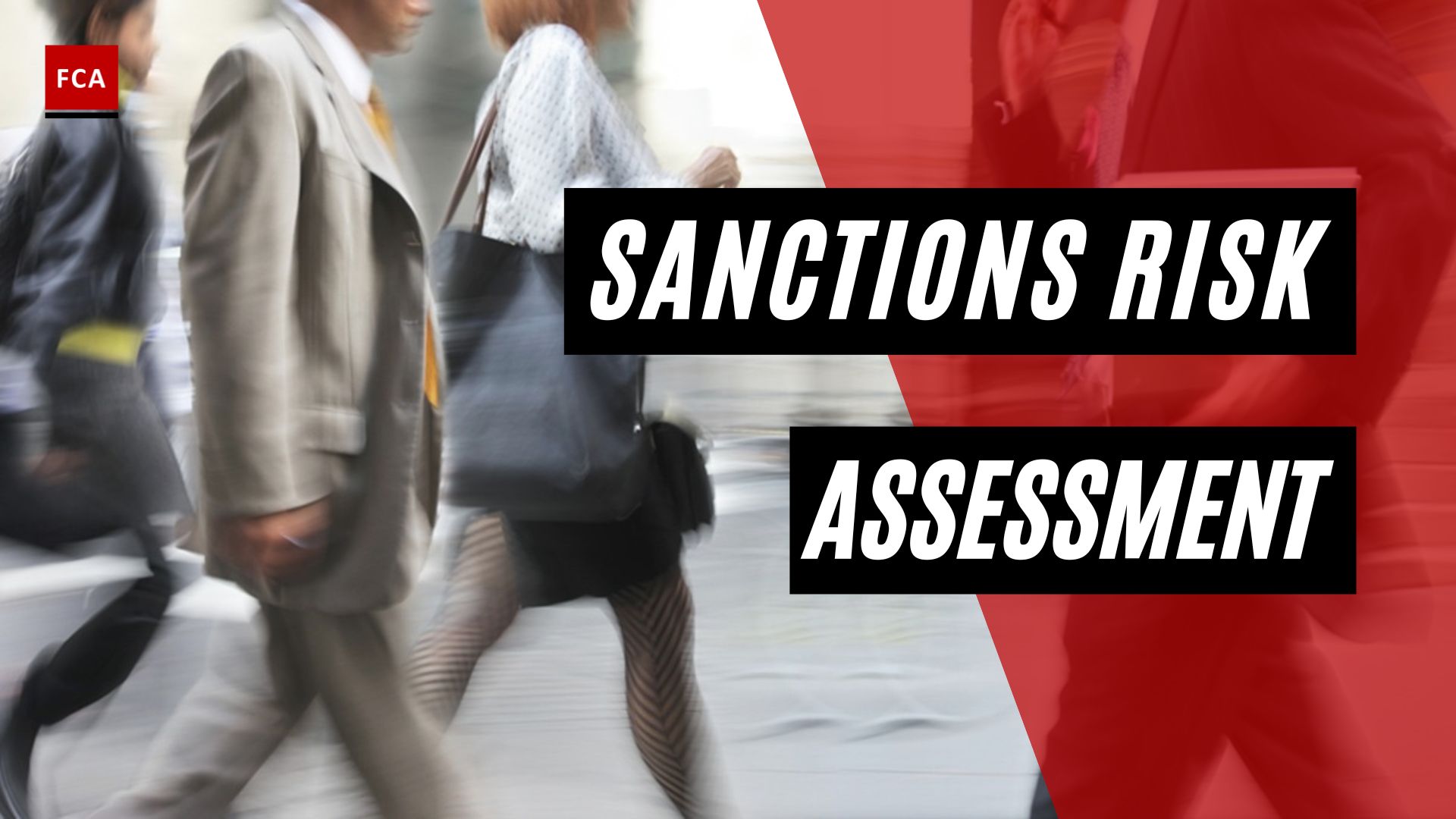The last element of an effective sanctions compliance program, which is communication and training. Again, this component can also be found in a regular compliance program, but you should make sure to tailor it appropriately to sanctions compliance.
Communication And Training
Under the Training element, an organization must, at a minimum, annually conduct training for relevant employees and personnel. To meet this requirement, an organization must satisfy five basic criteria:

The Organization Training Element Criteria
First of all, an organization must ensure that its sanctions-related training program provides adequate information and instruction to employees and other stakeholders, such as clients, suppliers, business partners, and counterparties. Such training should be further tailored to high-risk employees within the organization. Obviously, high-risk employees should have high-risk training. But you need to find a way to ensure and then document that you have provided training that actually informs on not only sanctions compliance risks but the requirements of your entire sanctions compliance program.
Secondly, an organization should provide sanctions-related training with a scope that is appropriate for the products and services it offers for customers, clients, and partner relationships it maintains in the geographic regions in which it operates. So, there should be a robust risk management system in place to continually assess the ever-changing trade sanctions risks for your company’s business model. Moreover, you should have your finger on the pulse of the business to know and understand what risks are changing in your organization.
Thirdly, an organization should provide sanctions-related training with a frequency that is appropriate based on its sanctions risk assessment and risk profile. Obviously, this will vary from company to company and even position to position. However, in this now daily landscape of changing trade sanctions by the current administration, there clearly needs to be both ongoing internal dialogue and internal training to fit the current political circumstances.
In addition, an organization should ensure that when it becomes aware of a confirmed negative testing result or audit finding, it will take immediate and effective action to provide training to or other corrective action with respect to relevant personnel. This makes clear not only the need for testing but also follow-up on that testing to determine if the students actually passed or even if they might have some deficiency that needs to be remediated.
Last but not least, an organization’s training program should include easily accessible resources and materials that are available to all applicable personnel. This means that the materials should be written in a simple language. It also means you should translate the training materials into the native language of your employee base. This is true even if your company has an English-only policy for corporate communications; all your training materials need to be available and accessible in local languages.
What Is Communication?
Communication is the sending and receiving of information. It can take place one-on-one or in groups, and it can take place face-to-face or through communication devices. Communication necessitates the transfer of thoughts or the encoding of a message by the sender, the person who initiates communication. This message is sent to the receiver, who is a person who receives the message, and the receiver must then decode, or interpret, the message. This appears to be simple enough, but it is not.
Language is made up of symbols and signs that are unique to the culture that speaks and writes in that language. Effective communication necessitates the use of a common language and an understanding of basic concepts.
Importance Of Communication
Communication’s significance cannot be overstated. After all, culture, society, and civilization cannot exist without the ability to communicate with one another. Good communication prevents wars and misunderstandings, assists us in meeting our needs, establishes rules and laws that aid in the structuring of society, assists people in finding and keeping jobs, provides information and guidance, and passes down cultural traditions, norms, and values.
What Is Training?
Training is the teaching or development of any skills, knowledge, or fitness that relate to specific useful competencies in oneself or others. Training aims to improve one’s capability, capacity, productivity, and performance. It is the foundation of apprenticeships and the foundation of content at technological institutes (also known as technical colleges or polytechnics). Training may extend beyond initial competence to maintain, upgrade, and update skills throughout one’s working life, in addition to the basic training required for a trade, occupation, or profession.
Final Thoughts
Good communication and training can improve teamwork and project collaboration. It is applicable to almost every industry. Workplace communication is essential for improving internal communication. Keeping effective communication open ensures that management and the team below them are on the same page.








